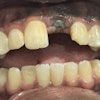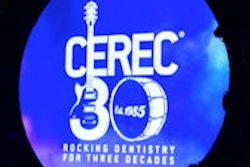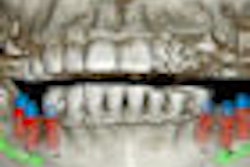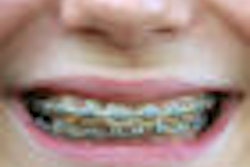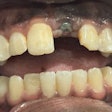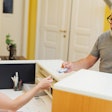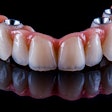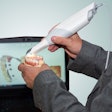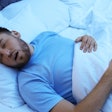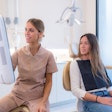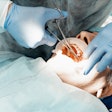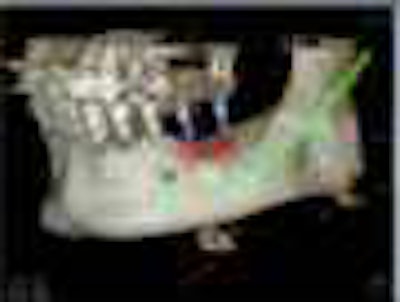
So you've just bought a new cone-beam CT (CBCT) machine to plan implants, and you're marveling about its ability to literally see inside your patients' heads. Suddenly something catches your eye. What's that spot on the patient's neck?
If you think that's not your responsibility, think again. The 3D images created by cone-beam CT scans can reveal many medical problems, such as atheromas and spinal degeneration, not visible in traditional X-rays. That's a good thing. Recognizing these signs, known as incidental findings, may allow dentists to save lives by referring imperiled patients to medical doctors.
But with the new power comes new responsibility -- and potentially legal liability.
"Any practitioner who acquires a radiology machine is responsible for all the findings on it," says Hareeti Gill, D.D.S., a New York University resident who presented a paper on the topic at the American Association for Dental Research (AADR) annual meeting last week.
"A carotid atheroma indicates a high risk of a stroke. If you don't refer the patient to an M.D., and this patient has a stroke, you're going to be named in a malpractice lawsuit."
Joan Andersen Phelan, D.D.S., one of Dr. Gill's advisors, adds that you can't avoid liability just because you don't own the cone-beam machine. Many services that provide CBCT scanning specify that they don't take any responsibility for interpreting the images -- that's up to the dentist who commissions them.
In a random review of 170 randomly selected CBCT scans, radiologists participating in Dr. Gill's study identified 75 incidental findings of possible medical problems, including seven carotid calcifications. The scans were done on asymptomatic patients not known to have any related disorders.
Just how much responsibility dentists must take for these findings remains controversial. Allan Farman, B.D.S., M.B.A., Ph.D., D.Sc., a University of Louisville professor and president-elect of the American Academy of Oral and Maxillofacial Radiology (AAOMR), agrees with Dr. Gill. "Yes, indeed a dentist is liable for the full volume exposed," he wrote in an e-mail to DrBicuspid.com. "This is especially likely to be the case in states that recognize oral and maxillofacial radiology as a specialty of dentistry -- where the dentist will be held to the standard of the specialist."
That's not a reason to stay away from cone-beam, he argues. "The obligation to diagnose is not CBCT specific. It has always been around," he says. Carotid atheromas could be spotted with simple panoramic X-rays, for example. In fact, CBCT might help dentists by making it easier to catch these problems.
San Francisco dental malpractice attorney Edwin J. Zinman, D.D.S., J.D., takes a more conservative view. He thinks dentists may run the risk of malpractice suits if they don't use CBCT to plan implants. "There was just a $1.7 million verdict against a periodontist who harpooned the alveolar nerve," he said. "He used a medical CT instead of a cone-beam."
And Dr. Zinman agrees that the added information provided by CBCT might include problems that have nothing to do with the reason the scan was original done. "You can't ignore a lesion, even though it's in an area where there is no implant."
But Dr. Zinman doesn't think dentists are liable for spotting problems outside their training -- in general the jaw, the mouth, the sinus. "If it's beyond the area that dentists usually diagnose, they are not responsible," he says.
Dr. Phelan isn't surprised that experts disagree. "This is a new area," she says.
But it leaves dentists with a quandary -- if you don't feel comfortable diagnosing medical problems but you want to plan implants, how can you avoid liability?
The simple answer is to refer patients with incidental findings to a radiologist. Drs. Zinman, Phelan, and Farman all advised dentists who don't think they can catch medical problems to send the X-rays to oral and maxillofacial or head and neck radiologists.
For as little as $75, radiologists can provide a complete interpretation that protects the patient’s whole head and neck -- and the dentist's hindquarters.



